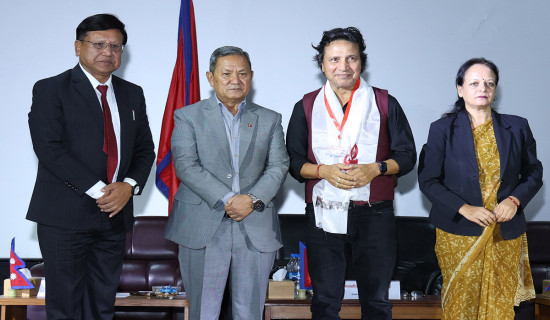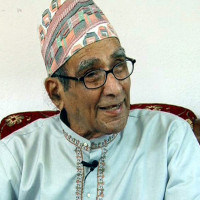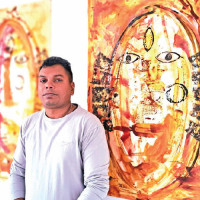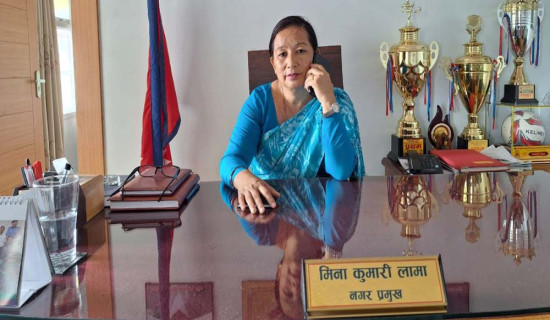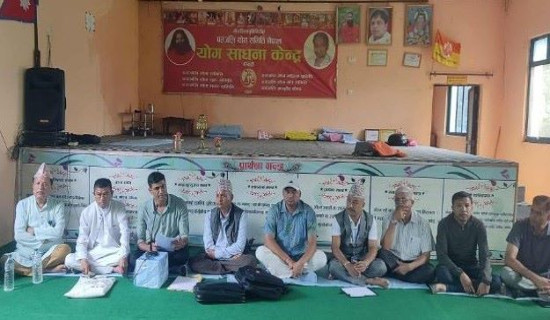- Sunday, 31 August 2025
People marking Gaura Parva tomorrow
BY PUSHKAR BHANDARI,Dadeldhura, Aug. 31: The Far-Western region of Nepal is marking its most distinctive and culturally significant festival, Gaura Parva, with joy and enthusiasm. The main day of the festival, known as Athawali or Ashtami, this year falls on Monday. On this day, devotees worship Goddess Gaura with offerings of Biruda, a mixture of five grains, and invoke blessings upon male family members as part of the customary rituals.
Gaura is recognised as a reflection of the indigenous culture of the Far-West and is celebrated throughout districts such as Dadeldhura, Darchula, Baitadi, Doti, Bajhang, Achham, Kailali, and Kanchanpur, as well as in the Kumaon and Garhwal regions of Uttarakhand, India, each adhering to their own traditions and customs. In recent years, communities from the Far-West that reside in Kathmandu and abroad, notably in the United States, have continued to observe Gaura, thereby preserving their cultural identity.
The festival officially commences on Bhadra Shukla Panchami, when women immerse Biruda—comprising beans, lentils, wheat, maize, and peas—in copper vessels, signifying the onset of festivities. This day is also locally referred to as Biruda Panchami. Subsequently, the grains are washed in nearby streams, ponds, or wells on Shashthi. On Saptami, married women worship and welcome Goddess Gaura into designated shrines or temples, offering sacred threads known as Dubdhaago.
On Athawali Ashtami, devotees observe fasting and gather in courtyards, referred to as Gaura Khala, to worship Lord Shiva and Goddess Parvati. Since sacred grass (Durva) is also worshipped, this day is also called Durbashtami. For women, this day holds a significance comparable to that of Janai Purnima for men. Women wear the sanctified Dubodhaago, a thread of ritual importance traditionally considered essential for their participation in cooking and religious observances.
The festival features various cultural performances. Women sing Gaura and Bhalo songs while dancing, and men perform the symbolic ritual of Phal Phatkaune, which involves tossing fruits into the air and catching them with fasting women, as a symbol of good fortune.
A prominent aspect of Gaura is the Deuda dance, performed collectively while singing ancient tales, hymns to deities, and societal satire. Deuda songs also address contemporary issues, including social problems and political commentary, fostering unity, harmony, and collective joy.
Although Gaura commences on Biruda Panchami, the immersion of the goddess traditionally occurs later, according to the customs of each community.



